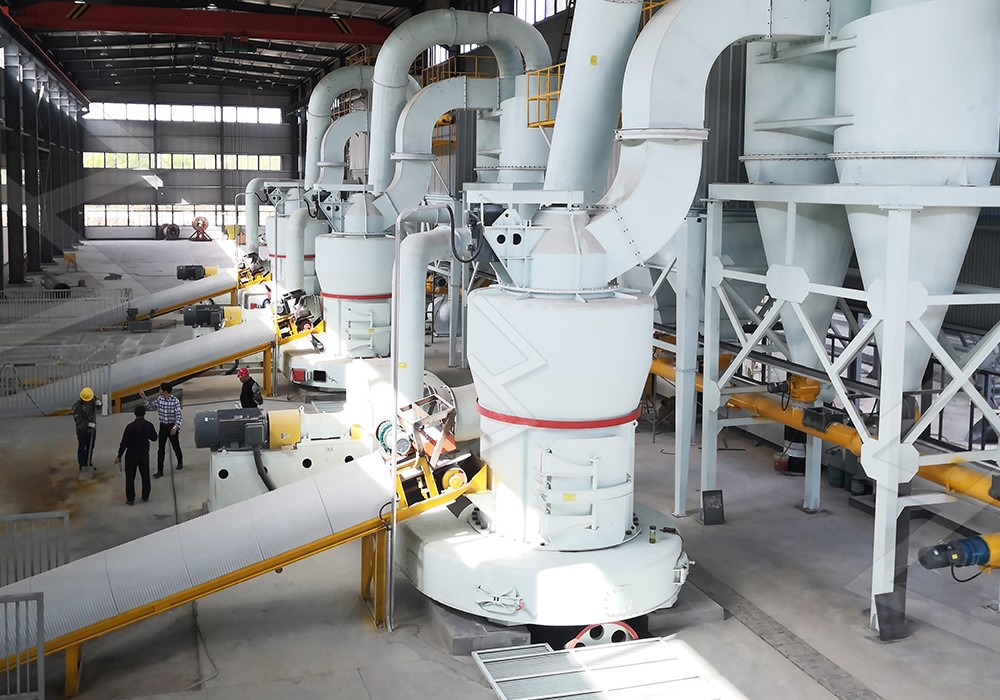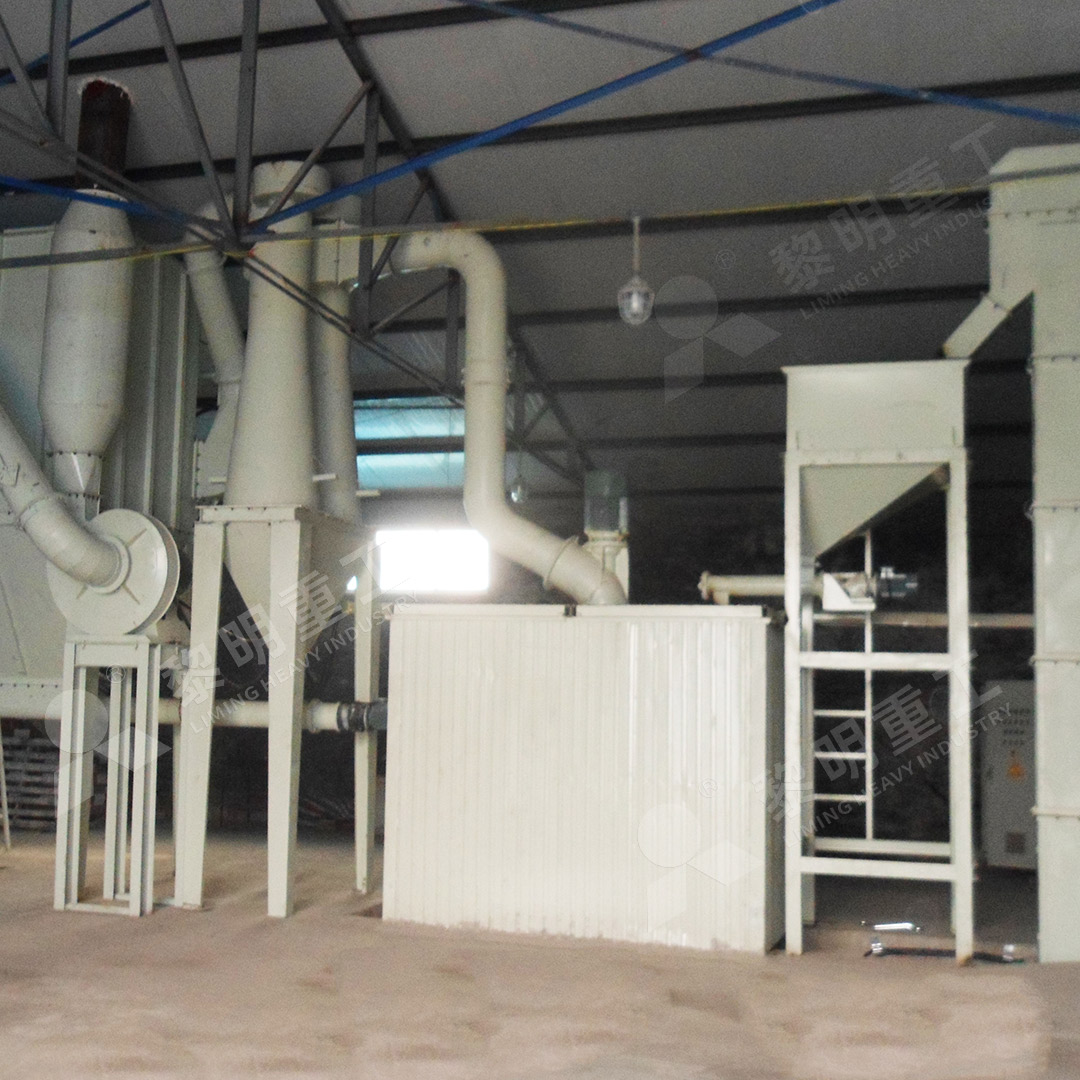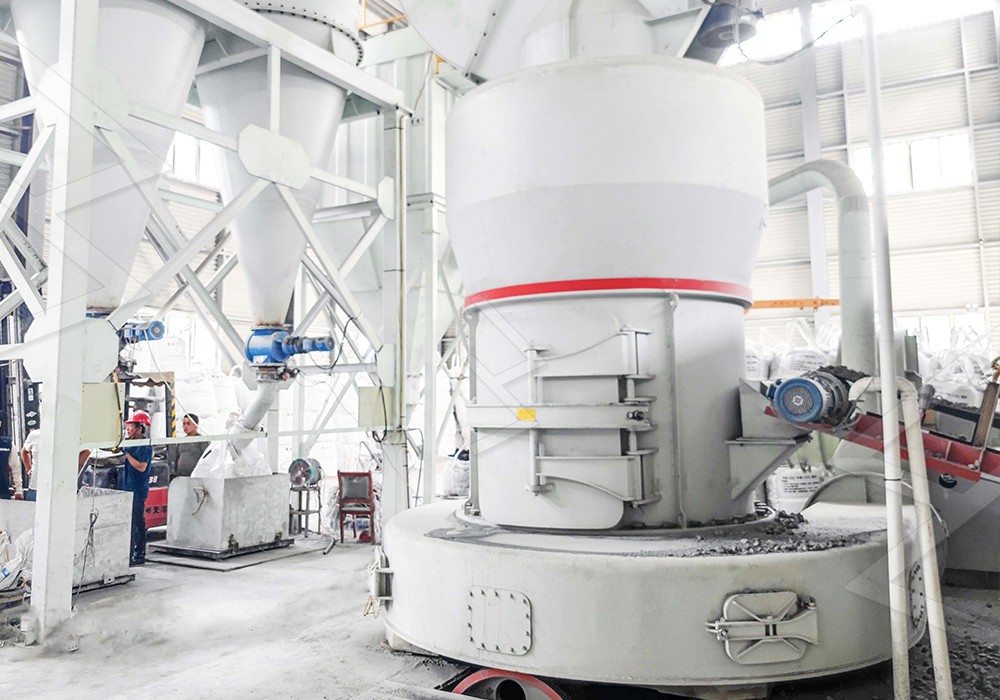How Much Oil Does a Raymond Mill for Ultrafine Powder Processing Need?
How Much Oil Does a Raymond Mill for Ultrafine Powder Processing Need?
When it comes to ultrafine powder processing, one of the most common questions we encounter from plant managers and maintenance engineers concerns lubrication requirements. Specifically, many operators want to know exactly how much oil their Raymond mill needs for optimal performance. The answer isn’t as straightforward as one might hope, as it depends on several factors including mill size, operating hours, and environmental conditions.
Traditional Raymond mills typically require regular lubrication of their grinding rollers and central shaft bearings. The exact oil quantity varies significantly between models, but generally ranges from 50 to 200 liters for the entire lubrication system. However, advancements in mill technology have dramatically changed these requirements.

The Evolution of Lubrication in Grinding Mills
Older Raymond mill designs often featured multiple lubrication points that required manual attention, with some models needing oil changes every 500-800 operating hours. This not only consumed significant maintenance time but also created opportunities for contamination and human error. The lubrication needs were particularly demanding in high-temperature environments where oil degradation accelerated.
Modern grinding technology has revolutionized this aspect of mill operation. At LIMING Heavy Industry, we’ve addressed these challenges through innovative engineering that significantly reduces lubrication demands while improving reliability.
Advanced Solutions for Reduced Maintenance
Our MW Ultrafine Grinding Mill represents a breakthrough in this area. One of its most significant features is the No Rolling Bearing & Screw in Grinding Chamber design. This innovative approach eliminates several traditional lubrication points entirely, reducing both oil consumption and maintenance frequency. The lubricating device is installed outside of the main shaft, allowing for external lubrication without shutdown, enabling continuous 24-hour production.
With an input size of 0-20 mm and capacity ranging from 0.5-25 tph, the MW Ultrafine Grinding Mill achieves remarkable efficiency while minimizing lubrication requirements. The external lubrication system typically requires only 30-40% of the oil volume needed by conventional Raymond mills of comparable capacity.

Comparing Lubrication Approaches Across Mill Types
When evaluating lubrication needs, it’s helpful to understand how different mill designs approach this critical aspect:
- Traditional Raymond Mills: Typically require manual lubrication of multiple points with oil changes every 500-800 hours
- Ball Mills: Often feature large gearboxes requiring substantial oil volumes with regular monitoring
- MW Ultrafine Grinding Mill: External lubrication system with reduced points and automated features
For operations processing materials like limestone, calcite, dolomite, or talc, the MW Ultrafine Grinding Mill offers particularly advantageous lubrication characteristics. The absence of internal rolling bearings and screws in the grinding chamber means operators no longer need to worry about bearing damage or sealing part failures.
Environmental and Operational Benefits
Reduced oil consumption translates to multiple benefits beyond just lower operating costs. Less lubricant usage means:
- Reduced environmental impact from oil changes and potential spills
- Lower inventory requirements for lubricants and filters
- Decreased downtime for maintenance activities
- Improved workplace safety with less oil handling
Our MW series mills further enhance environmental performance through efficient pulse dust collection and noise reduction features, creating a cleaner, safer operating environment while maintaining production capacities from 0.5 to 25 tph with fineness adjustable between 325-2500 meshes.

Practical Recommendations
For operations considering equipment upgrades, we recommend focusing not just on initial purchase price but total cost of ownership, which includes lubrication expenses. The MW Ultrafine Grinding Mill typically demonstrates 30-40% lower energy consumption compared to jet grinding mills while offering twice the capacity of ball grinding mills.
When planning your lubrication strategy, consider factors such as:
- Operating hours and production schedule
- Environmental conditions (temperature, humidity, dust levels)
- Available maintenance staff and their skill levels
- Environmental compliance requirements
- Overall production goals and quality standards
Frequently Asked Questions
How often does a traditional Raymond mill need oil changes?
Traditional models typically require oil changes every 500-800 operating hours, depending on operating conditions and oil quality.
What makes the MW Ultrafine Grinding Mill different in terms of lubrication?
The MW series features no rolling bearings or screws in the grinding chamber, with external lubrication that can be performed without shutdown, significantly reducing both oil consumption and maintenance time.
Can the lubrication system be automated?
Yes, modern mills like our MW series can be equipped with automated lubrication systems that further reduce maintenance requirements and ensure consistent lubrication.
How does reduced lubrication affect operational costs?
Lower oil consumption directly reduces lubricant purchase costs, while the reduced maintenance frequency decreases labor costs and production downtime, contributing significantly to lower total operating expenses.
What type of oil is recommended for grinding mills?
We typically recommend high-quality synthetic lubricants specifically designed for heavy-duty industrial equipment, though exact specifications vary by model and operating conditions.
